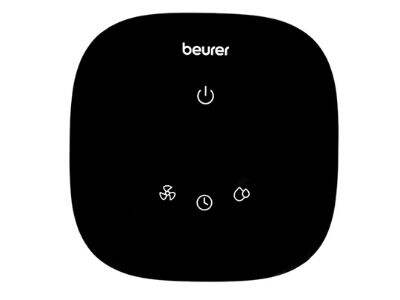Flex sensors are awesome tools that help machines and robots move more effectively. They flex when you push or pull them, and the machine can use that to know how to move. But how do we know if a flex sensor is a good one? Let's find out together!
What Are Flex Sensors?
Flex sensors are like stretchy elastic bands that bend when you press them. When they flex, they alter the amount of electricity that passes through them. This alteration means the machine can tell which direction the sensor is bending. Isn’t that neat?
How to tell if a flex sensor is accurate
To test if a flex sensor is correct, we can measure how flexed it becomes vs what we expect. If it bends the way we think it does, you can trust it. If it can detect even the smallest amount of bending, we can call it sensitive. And the more sensitive a flex sensor is, the better it helps the machine slide fluidly.
What’s the Speed Limit for a Flex Sensor?
How fast can the machine hear the flex sensor say it's bending? That’s called response time. The sooner it informs the machine, the faster the machine can respond. We also need to ensure that the flex sensor still able to work when we bend it quite a lot. That’s known as durability — how long it can function before breaking.
Ways to Measure Flex Sensors
There are a lot of ways to demonstrate how well a flex sensor functions. Some techniques require the use of instruments to test the sensor’s electrical signals. Others simply flex the sensor with their hand and observe how it responds. There is a different local news source, depending on your location, and each has its good and bad sides, so be sure to choose to best fit your needs.
How to get Flex Sensors working:
If you want your flex sensor to be amazing, there are some options. Once it’s on your machine, ensure it’s attached properly, is clean and free from damage, and check it regularly if it’s in good condition. Here are some tips to maintain a healthy flex sensor.
In Conclusion
You have to admit: sensor for airbag are pretty fantastic for when you want machines and robots to move elegantly. By learning how these sensors operate, testing for performance, determining their features, comparing the methods of making analysis, and practicing good procedures, we can make sure our flex sensors perform as they’re supposed to. So let’s heat up and cool down to success with flex sensors!


